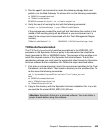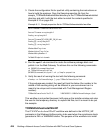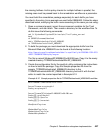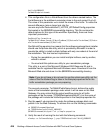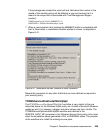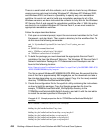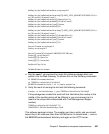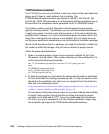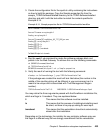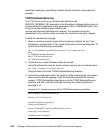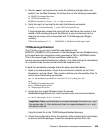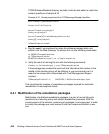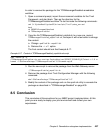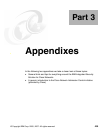
Chapter 8. Remediation subsystem implementation 433
3. Create the configuration file for the sputil.sh utility containing the instructions
on how to build the package. Copy the Sample.properties file from the
sample_TCRZLSoftwareInstalled directory to the TCRZLSoftwareInstalled
directory and edit it with the text editor to match the content specified in
Example 8-14.
Example 8-14 Sample.properties file for TCRZLSoftwareInstalled workflow
WorkflowName=TCRZLSoftwareInstalled
SourceFilename.arrayLength=1
ExeArg.arrayLength=1
SourceFilename[0]=zapSetup_65_737_000_en.exe
ExeArg[0].arrayLength=3
ExeArg[0][0]=/s
ExeArg[0][1]=/i
ExeArg[0][2]=/noreboot
TmfWebUIEndpoint=tcmweb
4. Run the sputil.sh command to create the software package block and
publish it on the Web Gateway. To achieve this run the following commands:
cd $BINDIR/tcmremed/download
cd TCRZLSoftwareInstalled
$BINDIR/tcmremed/bin/sputil.sh -p Sample.properties
5. Verify the result of running the tool with the following command:
wlookup -ar SoftwarePackage | grep TCRZLSoftwareInstalled
If the package was created the result will look like below (the number in the
middle of the resulting string will be different in your environment as it is
meant to be unique and is associated with Tivoli Management Region
number).
TCRZLSoftwareInstalled^1.0 1406765930.1.852#SoftwarePackage::Spo#
You may notice the three arguments passed with the ZoneAlarm installation file,
which are flags /s /i /noreboot. They are explained below:
/i This means that the software must be installed.
/s This means that the process of installing/uninstalling must
be silent, so there is no pop-up asking for user input.
/noreboot This means that the workstation should not automatically
reboot after the installation.
Depending on the technology, the installer for any particular software may use
the flags in a different way, but we strongly recommend that the remediation



